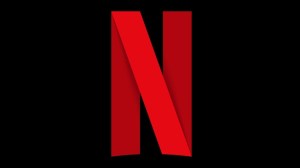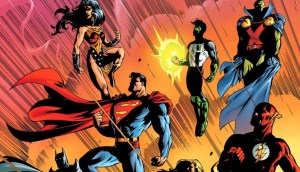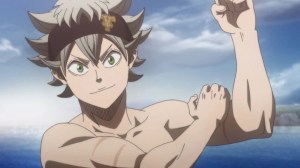Marvel Champions: The Card Game is a fun, easy to learn card game that will delight both comic book fans and longtime LCG players. Last night, Fantasy Flight Games announced Marvel Champions, a new co-op Living Card Game in which players assume the role of Marvel superheroes as they thwart the schemes of various supervillains. Fantasy Flight has a long history with Living Card Games – a genre that differs from standard Collectible Card Games like Magic: The Gathering. Instead of purchasing booster packs to build your deck, players purchase sets of cards. While deckbuilding and strategy are still part of the game, you’ll have everything you need to play as soon as you purchase the core set of Marvel Champions.
Videos by ComicBook.com
I had the opportunity to sit down and play Marvel Champions at a media playtest at Gen Con. Our scenario featured Spider-Man (played by me) and Captain Marvel teaming up to stop the Rhino from breaking into a SHIELD facility. As a fan of the Arkham Horror LCG, I instantly recognized a few familiar elements. There’s a pre-made Encounter Deck that adds different obstacles for the heroes to overcome, and is made up of different sets (which can be added to, depending on how challenging players want the scenario to be.) Each turn, the villain accumulates “Threat,” which serves as a timer of sorts. Once a villain reaches a set amount of Threat (determined by the number of heroes playing in a scenario), they win. However, unlike Arkham Horror, a player can actually remove threat from the scenario during their turn – thus keeping the villain at bay and giving players more valuable time.
The most innovative new mechanic of Marvel Champions is the double-sided hero card, which has the hero on one side and their alter-ego on the other. During their turn, players can choose to flip over their card between hero and alter-ego. While Spider-Man can attack villains and thwart their schemes, Peter Parker can recover hit points (represented with a nifty dial). Both Spider-Man and Peter Parker have separate abilities as well – Parker generates an additional energy at the start of his turn, allowing him to play more cards, while Spider-Man can draw an additional card whenever the villain makes a move thanks to his Spider-Sense. Whether a player ends their turn as hero or civilian also makes a big difference as to what the villain does – the villain will either attack a hero or accumulate threat if everyone is acting as a civilian, but they’ll generate threat if no hero is in sight.

The hero turn is quite simple – every card has an energy cost on the upper left hand corner and an energy value on the bottom. Players discard cards to generate energy, which then allows you to play cards. Players are encouraged to cycle through their cards as quickly as possible – once a player runs through their hero deck, they simply shuffle their discard. Also, at the end of the turn, players will re-draw up to their maximum hand size. There’s no real resource management aspect in Marvel Champions – one thing the designers sought to do was empower the heroes rather than make them feel desperate like they do in games like Arkham Horror or Lord of the Rings: LCG. In addition to playing cards, players can also choose to have their hero directly attack a villain or remove threat. They can also defend during the villain’s turn, albeit at the cost of using their hero card action on their next turn.
While still a part of the game, deckbuilding seems to be simplified in Marvel Champions. Players build their Hero Deck with a set of cards exclusive to their hero and some default basic cards. Players also choose one of four aspects, which also add cards to their deck. Unlike Arkham Horror, heroes can pick from any aspect to add to their deck. In Arkham Horror, playing with just one Core Set meant you were limited to what heroes you could play with together. That does not appear to be the case with Marvel Champions, which is a big improvement in terms of accessibility.
As a Living Card Game, Marvel Champions will release new content on a monthly basis. However, these won’t be new story chapters and scenarios like in other LCGs. Instead, Fantasy Flight will release one of three types of sets – hero packs, scenario packs, and campaign expansions. The Hero Packs add new heroes like Captain America or Ms. Marvel, while the Scenario Packs add new villains like the Green Goblin or the Wrecking Crew. The campaign expansions are where new stories come into play – these will feature interconnected scenarios that build a story. Otherwise, players can mix and match scenarios and heroes as they see fit.
Honestly, Marvel Champions feels like Fantasy Flight’s most accessible Living Card Game to date. While the game still features plenty of strategy and challenge to satisfy hardcore players, any superhero fan should be able to dive right in with little issue. If you’re a lover of superheroes and board games, Marvel Champions is a must have, and I personally can’t wait to jump into this game later this year.









